The return of bubble economics
Will Trump let the financial markets run wild?


When will the next recession hit?
It's a question that's becoming more urgent. We've enjoyed eight straight years of recovery since the Great Recession, and, according to history, that makes us due for another crash. But the answer might be surprising: Not for a while because we're not destined to have another bubble.
Unless President-elect Trump and the GOP get their way, that is.
The Week
Escape your echo chamber. Get the facts behind the news, plus analysis from multiple perspectives.

Sign up for The Week's Free Newsletters
From our morning news briefing to a weekly Good News Newsletter, get the best of The Week delivered directly to your inbox.
From our morning news briefing to a weekly Good News Newsletter, get the best of The Week delivered directly to your inbox.
To explain, we'll need a quick review of about 70 years of economic history, so let's break it down into two distinct eras.
In the 25 years following World War II, America worked according to what you could call "prosperity economics." The New Deal and the war mobilization squashed the soaring inequality that preceded the Great Depression, and drove the unemployment rate down to an eye-popping 2 percent from 1943 to 1945. One-third of the country was unionized, giving workers the power to demand higher wages. High income tax rates drove money away from the pocketbooks of shareholders and corporate management, and into the pocketbooks of ordinary Americans instead. This bonanza of consumer spending gave us a bonanza of jobs — the unemployment rate spent a quarter of the time from 1940 to 1970 below 4 percent. It was a virtuous cycle driven by the bottom-up force of worker power and prosperity.
The pressure did occasionally get too high. Workers' power to demand better compensation chewed up business revenues and shrank profits. To maintain their own cut, owners and shareholders would raise prices. Then workers' would want even higher pay, creating a different kind of feedback loop. This wage-price spiral drove up inflation, inducing the Federal Reserve to step in and hike interest rates. It was — and still is — a perverse solution, since it threw large numbers of people out of work. But during the '50s and '60s, the pain was generally minimal, and the recoveries from the Fed-induced recessions were speedy and robust.
In the 1970s, however, everything began to change, moving us into a new era of "bubble economics."
A free daily email with the biggest news stories of the day – and the best features from TheWeek.com
Business interests, eager to put workers in their place and expand their own cut of the economic pie, finally got politically organized and fought back. Income tax rates shrank in a big way. Here in America, unions were never built into the very fabric of corporate and economic law the way they were in Europe, leaving them vulnerable to rollback. So unionization rates shrank to a quarter of the workforce.
Then a series of fluke circumstances — an international oil embargo and a screw-up in how we measure prices — drove up the inflation rate. So the Fed finally took its job-destroying logic to the nth degree, and cranked interest rates into the stratosphere. That set off a massive and brutal recession in 1981. Unions collapsed, while President Reagan cut income taxes to the bone. The American working class and its bargaining power was decimated.
Inflation was tamed, but at the cost of soaring inequality that bled away aggregate demand, creating a permanent semi-slump. Between 1970 and today, the unemployment rate only briefly touched 4 percent once in 2000. The old cycle — wage-price spiral inflation leading to brief Fed-induced recessions — ended. But without broadly shared prosperity to power recoveries, the economy turned to another solution to create demand: debt and stock bubbles. Then the bubbles always popped, crashing the economy and leading to grindingly slow recoveries.
Moreover, bubbles themselves require some breakdown in policymaking and regulation to thrive. The dot-com bubble was created by the cultural frenzy around the creation of the internet, plus a temporary fluke in how capital gains were taxed. That's a relatively unusual combination, and it's not immediately clear if it could be repeated. Then the housing bubble in the 2000s was created by hare-brained financial engineering plus massive mortgage fraud. The Dodd-Frank financial reform that followed the 2008 collapse wasn't perfect, but it does appear to have tamed the financial sector's worst excesses for now. It's not obvious where the next debt bubble could come from either.
So maybe this eight-year slog of recovery is just the new economic normal, so long as policy guardrails keep financial markets' irrational exuberance in check. Neither "prosperity economics" nor "bubble economics" is how it works now.
This gets us back to the plans of President-elect Trump and the GOP. They've promised to gut much of Dodd-Frank and remove the guardrails. Their chances of succeeding are slim so long as the Democrats hold the filibuster in the Senate. But at the very least, the Republicans could use their control over agency appointments to degrade the spirit and force of regulation, if not its letter. This would be "hugely dangerous," as economist Larry Summers recently pointed out: "Who wants to go back to the era of predatory lending? Who wants to go back to the era of vastly over-levered banks?"
The challenge for Democrats, though, is not simply to prevent the return of bubble economics and safeguard the post-2008 recovery, anemic as it is. The challenge is to bring back the old economy: Where the business cycle is driven by the prosperity and power of American workers, rather than by the shenanigans of the wealthy.
Jeff Spross was the economics and business correspondent at TheWeek.com. He was previously a reporter at ThinkProgress.
-
 The pros and cons of noncompete agreements
The pros and cons of noncompete agreementsThe Explainer The FTC wants to ban companies from binding their employees with noncompete agreements. Who would this benefit, and who would it hurt?
-
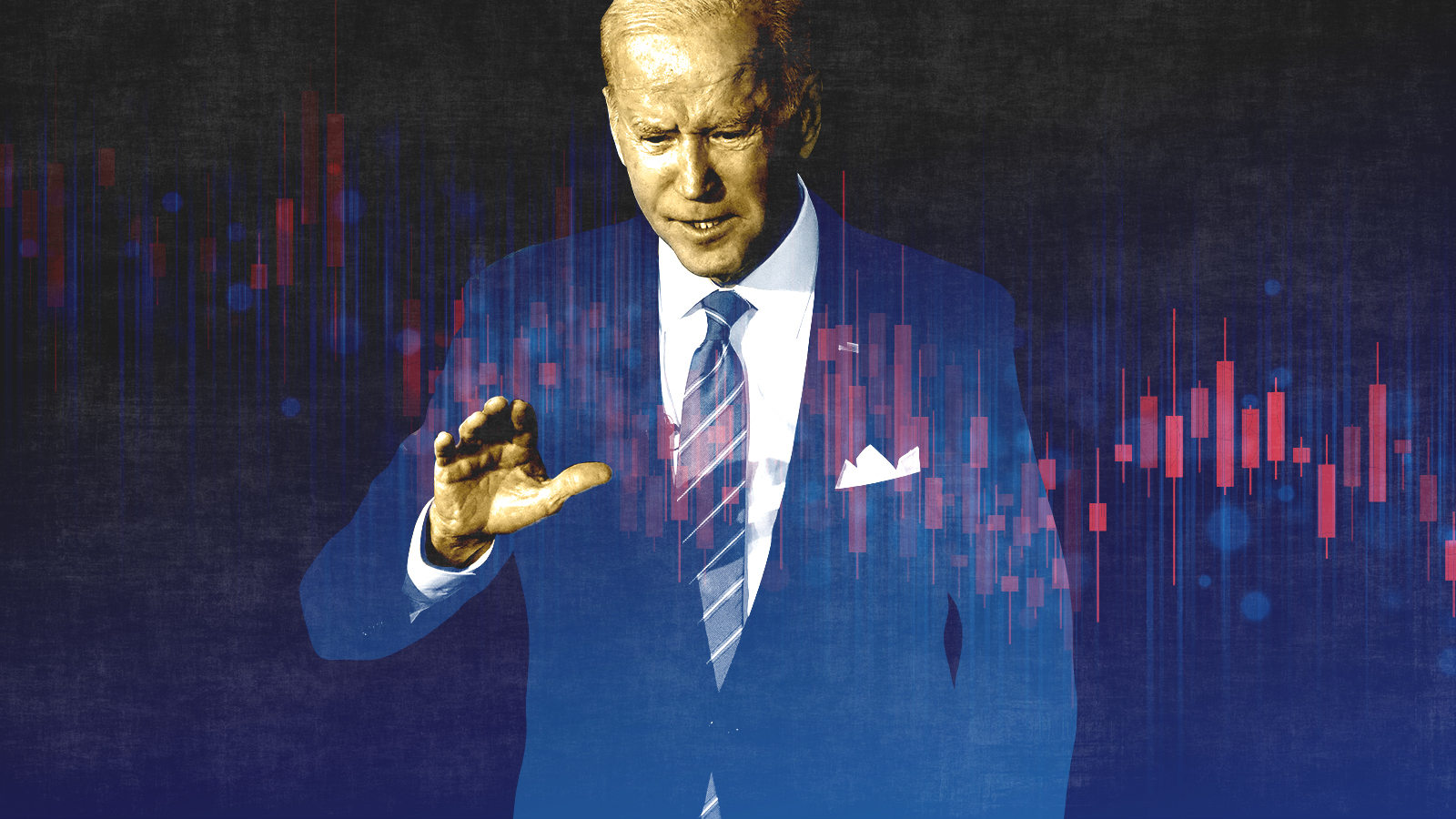 What experts are saying about the economy's surprise contraction
What experts are saying about the economy's surprise contractionThe Explainer The sharpest opinions on the debate from around the web
-
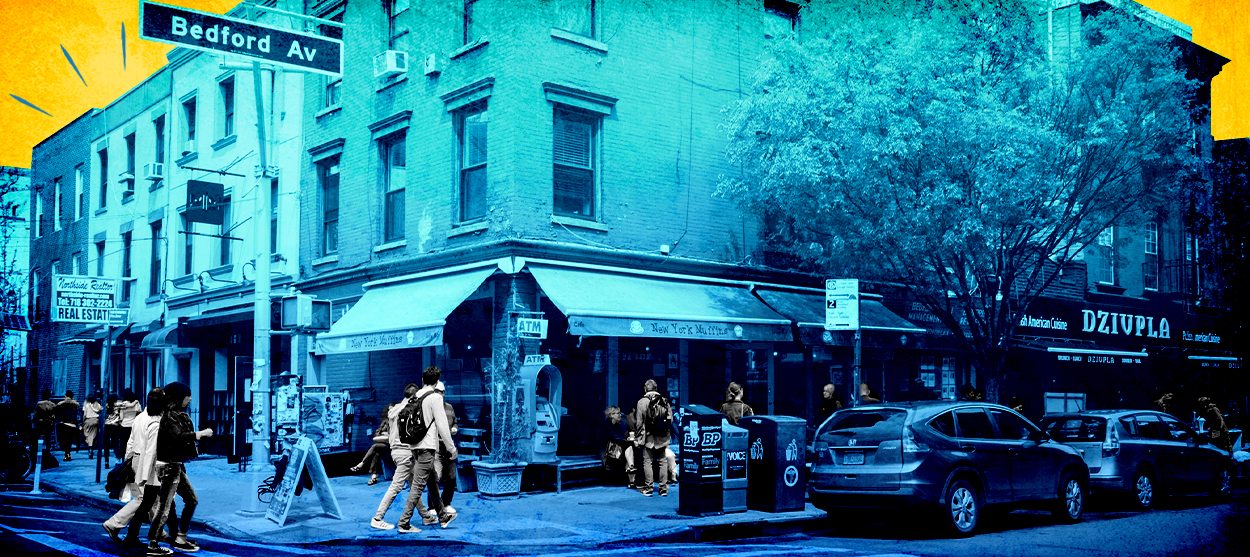 The death of cities was greatly exaggerated
The death of cities was greatly exaggeratedThe Explainer Why the pandemic predictions about urban flight were wrong
-
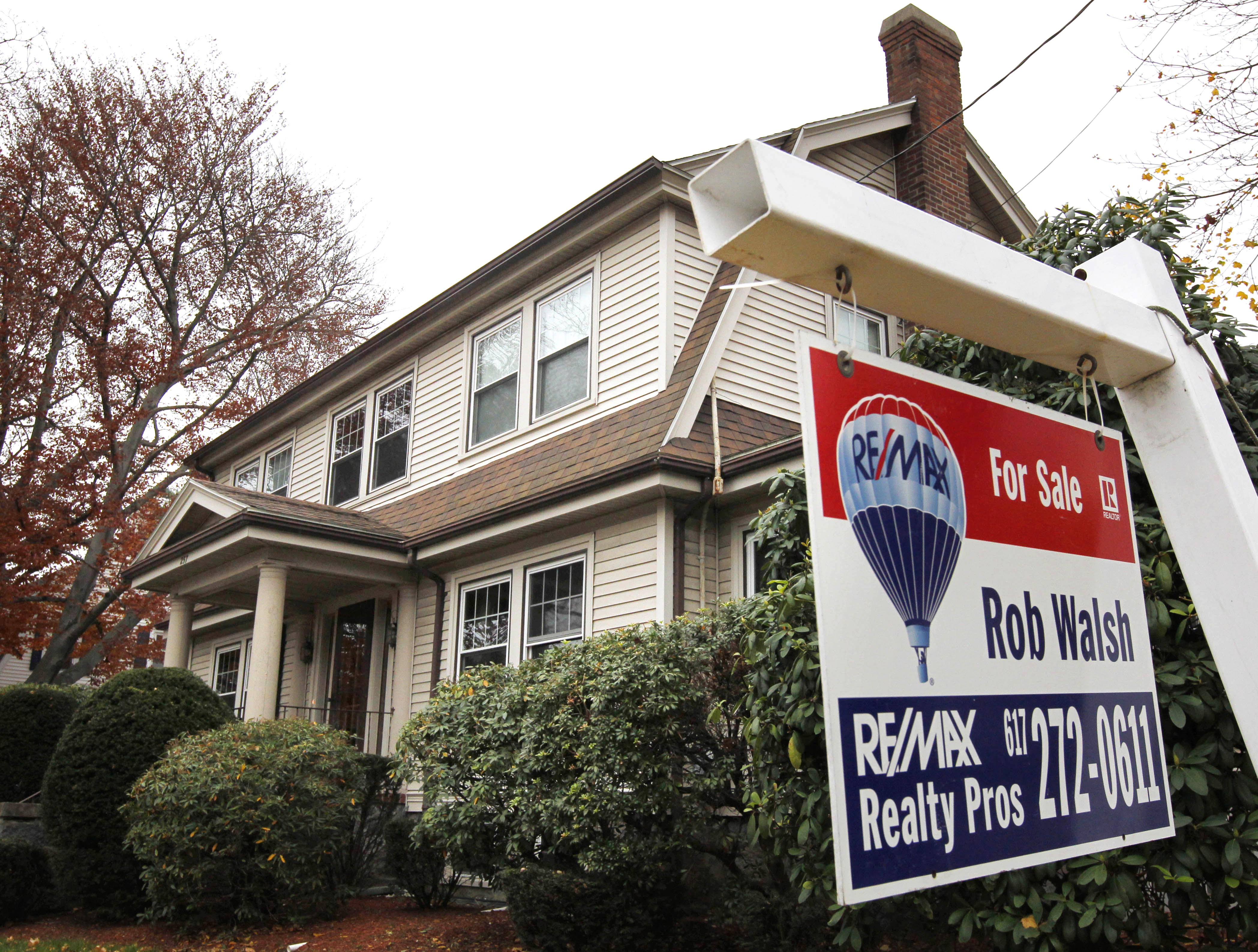 The housing crisis is here
The housing crisis is hereThe Explainer As the pandemic takes its toll, renters face eviction even as buyers are bidding higher
-
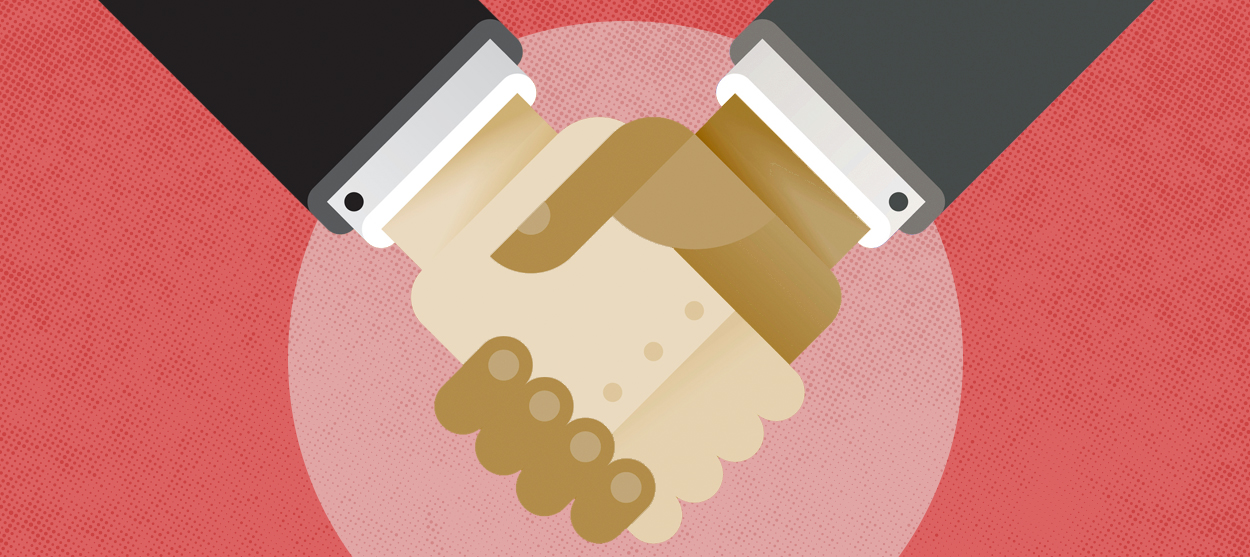 How to be an ally to marginalized coworkers
How to be an ally to marginalized coworkersThe Explainer Show up for your colleagues by showing that you see them and their struggles
-
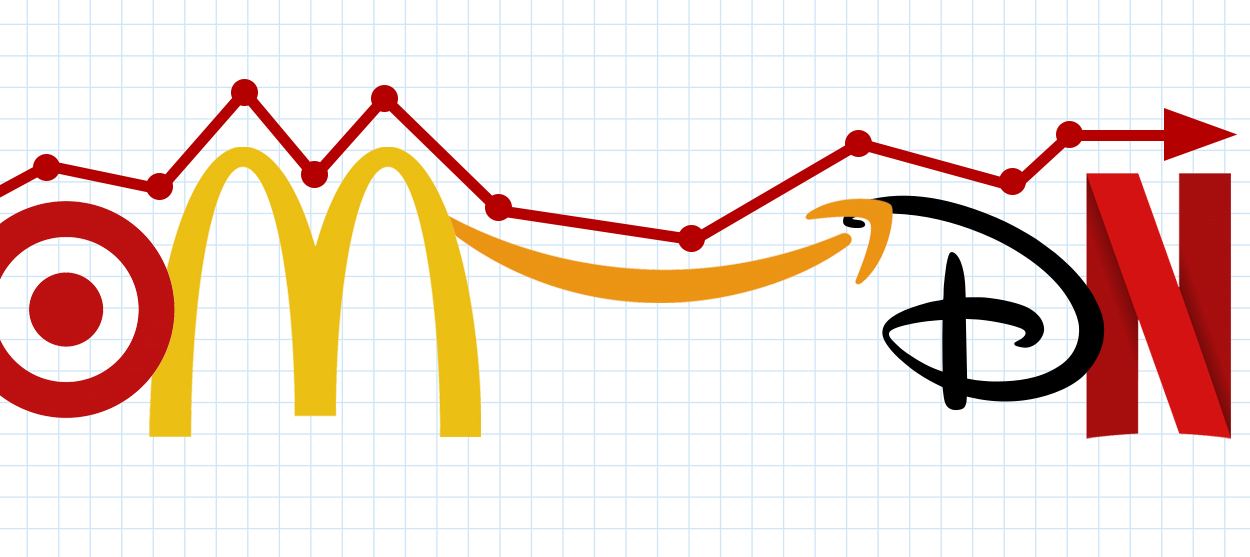 What the stock market knows
What the stock market knowsThe Explainer Publicly traded companies are going to wallop small businesses
-
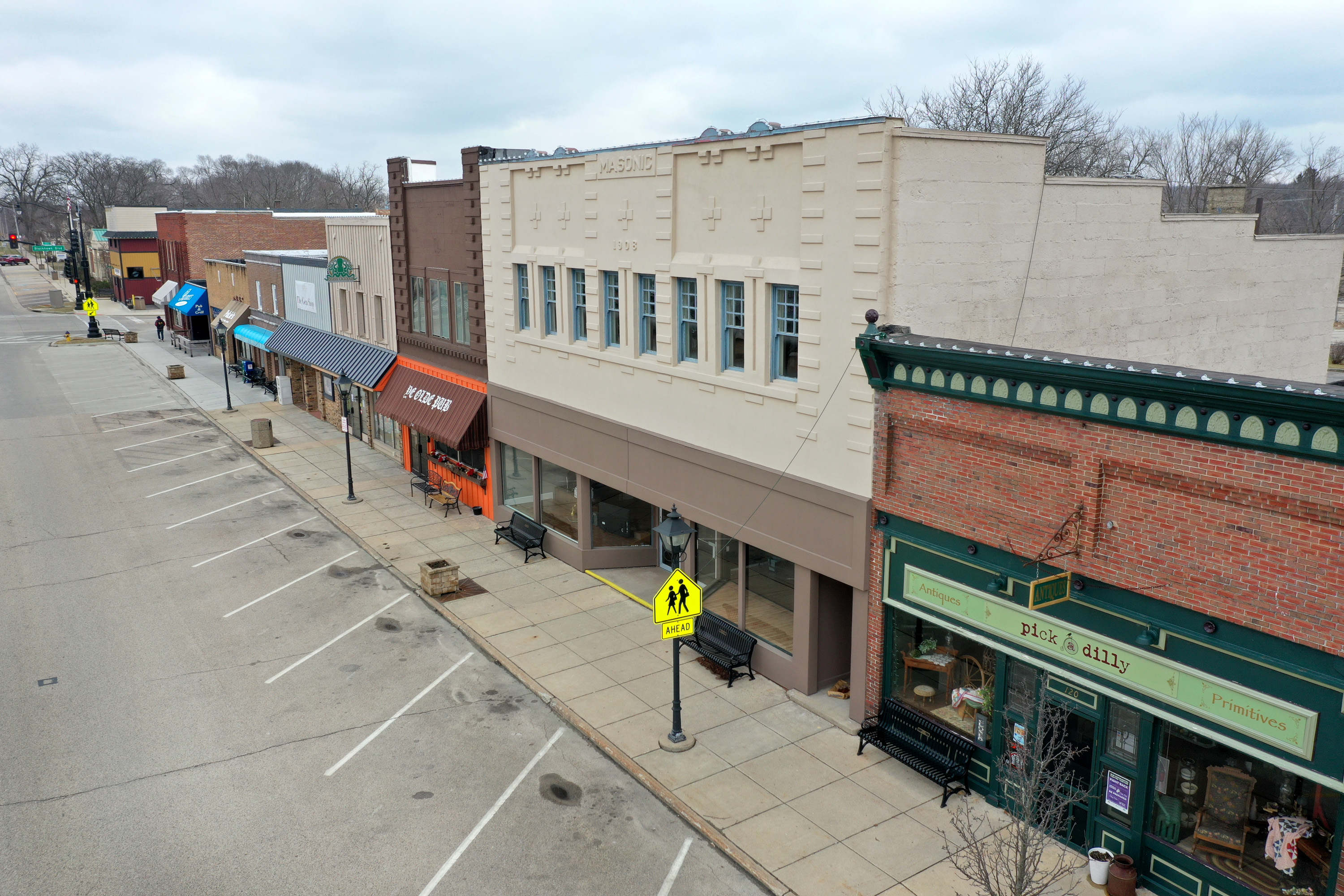 Can the government save small businesses?
Can the government save small businesses?The Explainer Many are fighting for a fair share of the coronavirus rescue package
-
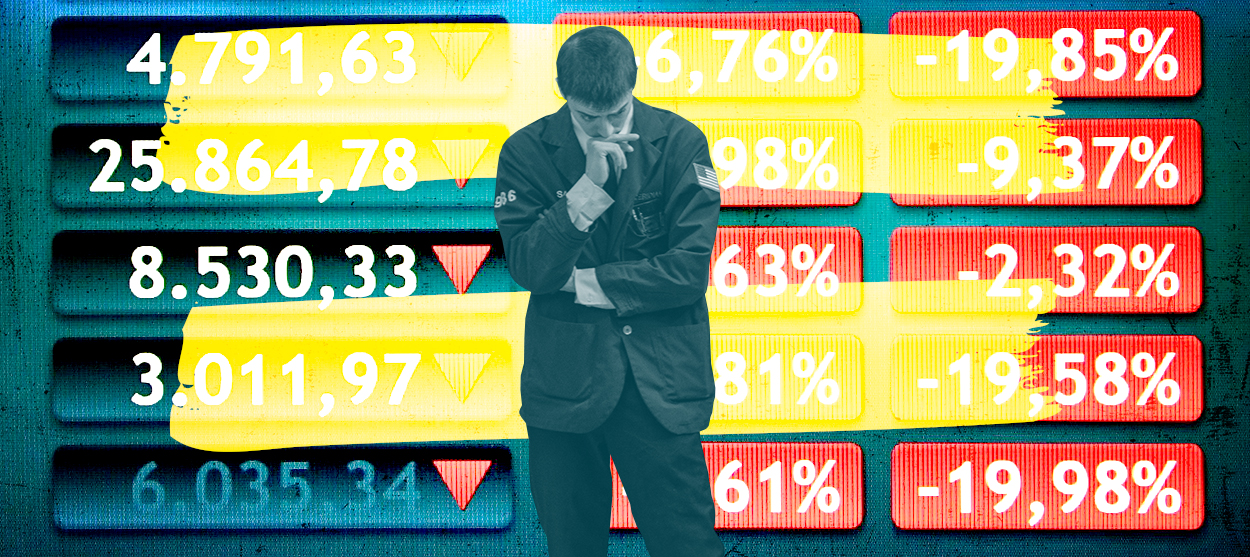 How the oil crash could turn into a much bigger economic shock
How the oil crash could turn into a much bigger economic shockThe Explainer This could be a huge problem for the entire economy


